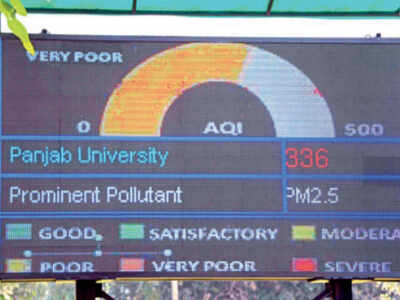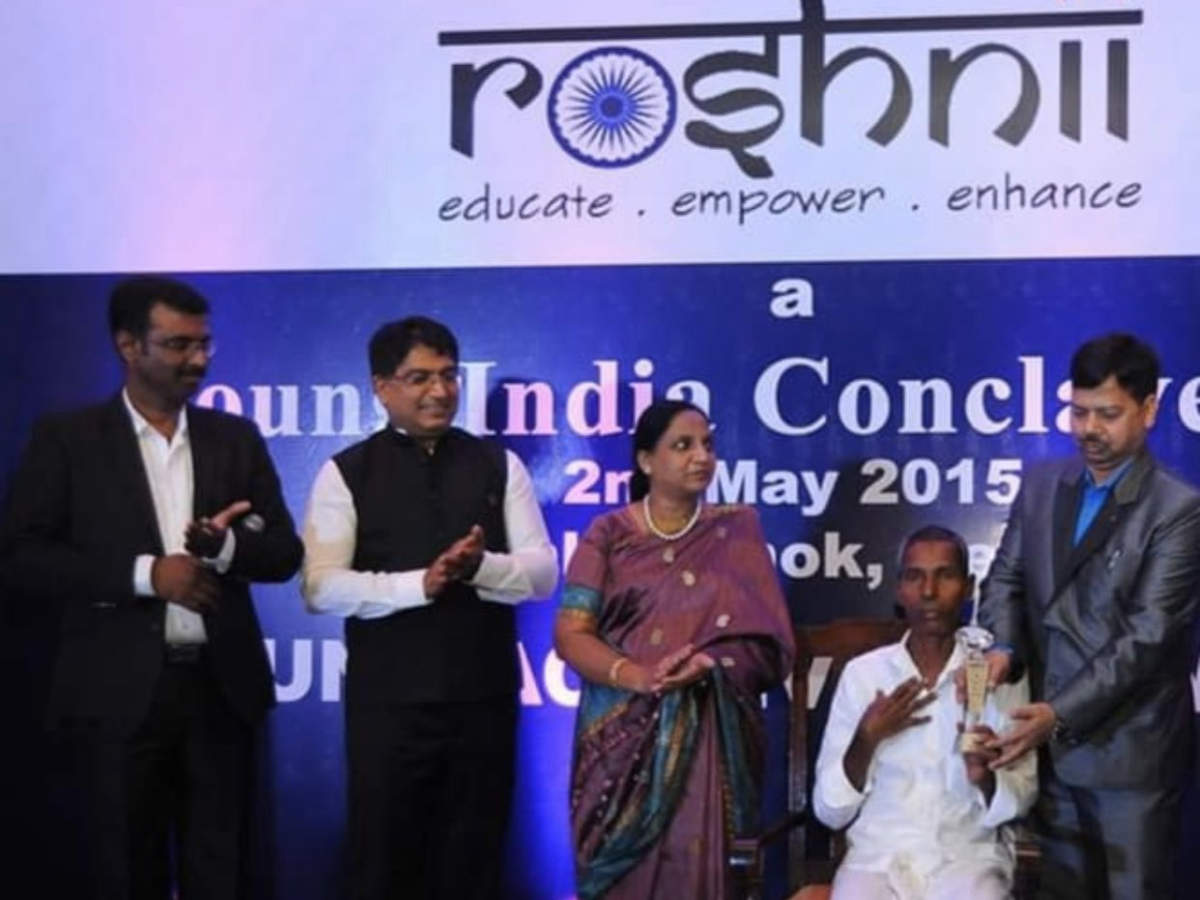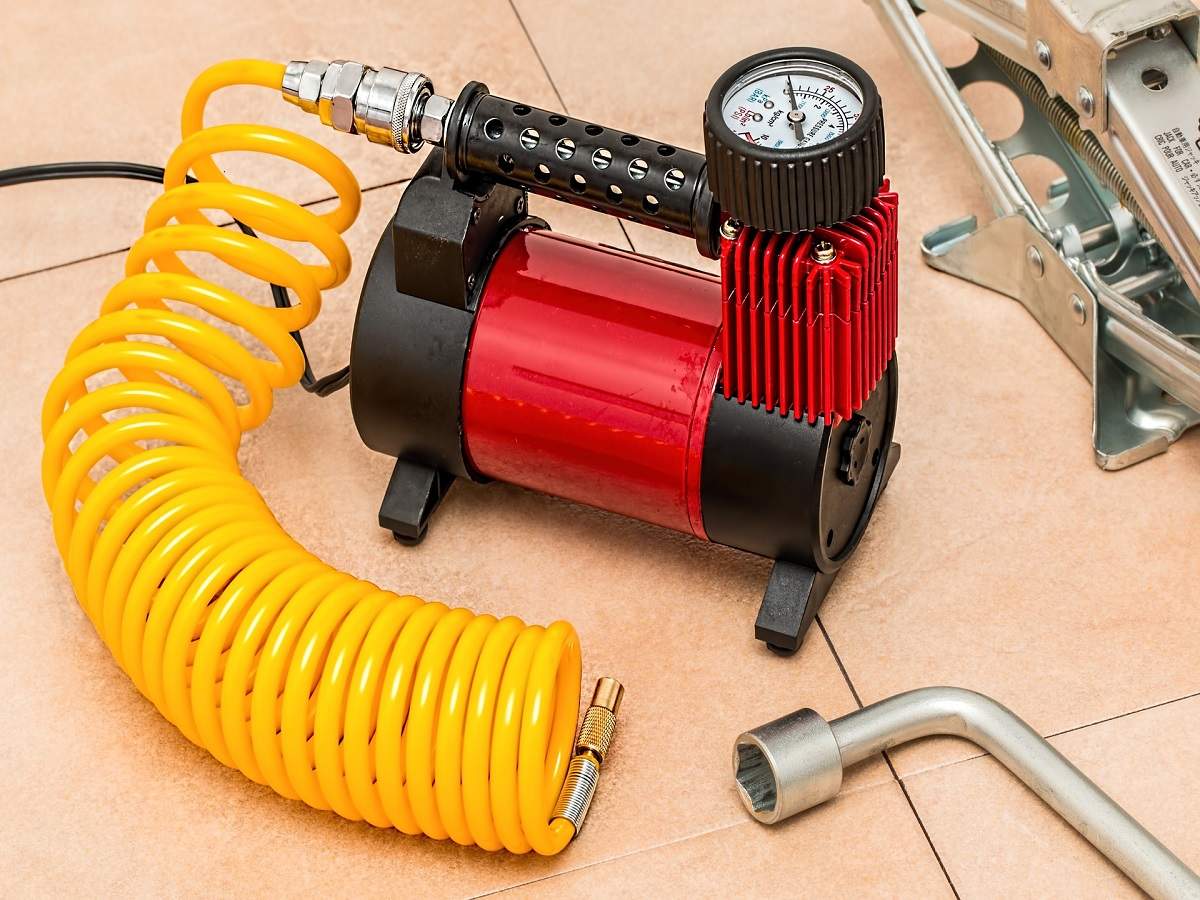
CHANDIGARH: The Union government has directed the Chandigarh administration to submit details of steps taken to control air pollution in the city till December 31, 2019.
A senior UT official said they would soon submit the report to the Union government. Besides, they would also submit a report to the National Green Tribunal (NGT) in this regard.
The UT, in its action plan to control air pollution, had submitted various plans from promoting battery-operated vehicles, green buffers along the traffic corridors and introducing intelligent traffic management system. The action plan was submitted to the Union government last year.
The UT had also submitted that they had already launched extensive drive against polluting vehicles and had even prepared an action plan to widen roads and improvement of infrastructure for decongestion of roads.
The other initiatives mentioned in the action plan includes synchronisation of traffic signals in the city, greening of open areas, and introducing water fountain at major traffic intersections wherever feasible with the use of tertiary treated water.
The UT submitted that the ambient air quality of the city was mainly affected by the construction and demolition waste and increase in the number of vehicles.
The UT had submitted, "There has been an increase of around 60% in the number of vehicles in 10 years with no change in the length of roads. Increase of light motor vehicles (LMVs), basically cars, by more than 100% in the past 10 years in comparison to approximately 48% increase in two-wheelers. This has resulted in more congestion, ultimately contributing to air pollution."
The UT had also stated other factors, too, including road dust re-suspension, horticulture waste, and stubble burning in the neighbouring states, leading to air pollution.
The administration is also working on promoting hybrid and electric vehicles. Two years ago, a team of the transport department had visited Nagpur to study charging stations' set-up.
Nagpur was the first city in the country to have electric vehicle charging stations in place. Chandigarh has the highest density of vehicles in India with around 12 lakh registered ones, including two-wheelers and four-wheelers. The number of vehicles per house on an average is two, which has led to a sharp deterioration in air quality.
To cut down the pollution level, the Chandigarh Transport Undertaking (CTU) will induct electric buses. At present, around 3,000 e-rickshaws are plying on the city roads.
A senior UT official said they would soon submit the report to the Union government. Besides, they would also submit a report to the National Green Tribunal (NGT) in this regard.
The UT, in its action plan to control air pollution, had submitted various plans from promoting battery-operated vehicles, green buffers along the traffic corridors and introducing intelligent traffic management system. The action plan was submitted to the Union government last year.
The UT had also submitted that they had already launched extensive drive against polluting vehicles and had even prepared an action plan to widen roads and improvement of infrastructure for decongestion of roads.
The other initiatives mentioned in the action plan includes synchronisation of traffic signals in the city, greening of open areas, and introducing water fountain at major traffic intersections wherever feasible with the use of tertiary treated water.
The UT submitted that the ambient air quality of the city was mainly affected by the construction and demolition waste and increase in the number of vehicles.
The UT had submitted, "There has been an increase of around 60% in the number of vehicles in 10 years with no change in the length of roads. Increase of light motor vehicles (LMVs), basically cars, by more than 100% in the past 10 years in comparison to approximately 48% increase in two-wheelers. This has resulted in more congestion, ultimately contributing to air pollution."
The UT had also stated other factors, too, including road dust re-suspension, horticulture waste, and stubble burning in the neighbouring states, leading to air pollution.
The administration is also working on promoting hybrid and electric vehicles. Two years ago, a team of the transport department had visited Nagpur to study charging stations' set-up.
Nagpur was the first city in the country to have electric vehicle charging stations in place. Chandigarh has the highest density of vehicles in India with around 12 lakh registered ones, including two-wheelers and four-wheelers. The number of vehicles per house on an average is two, which has led to a sharp deterioration in air quality.
To cut down the pollution level, the Chandigarh Transport Undertaking (CTU) will induct electric buses. At present, around 3,000 e-rickshaws are plying on the city roads.
Get the app









